Have you just welcomed a furry little puppy into your home? Congratulations! They're sure to bring you lots of joy. Of course, along with that new puppy comes the not-so-fun task of toilet training.
Here's the good news: it doesn't have to be as difficult as you might think.
With a little bit of patience and a lot of consistent effort on your part, you can have your puppy potty trained in as little as seven days. So put down that paper towel roll and get started today!
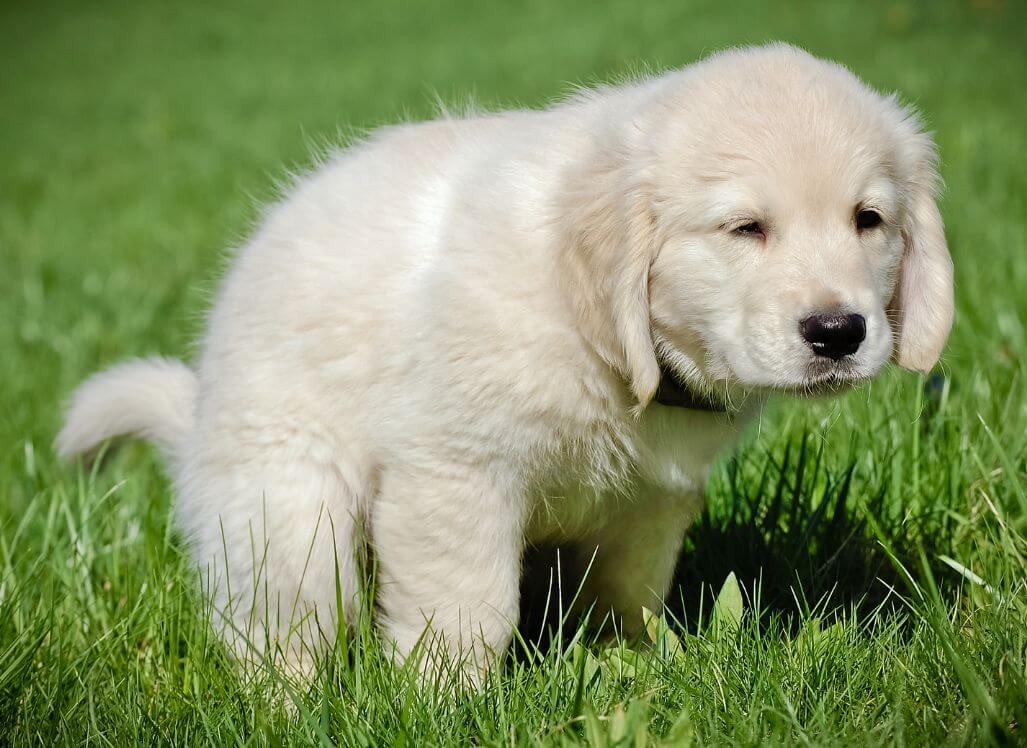
Day 1:
Step 1: Establish a Potty Spot
The first step is to choose an appropriate place for your puppy to relieve themselves. It should be somewhere that's easy for them to get to, but not too close to where they eat or sleep. Ideally this will be outside, but if you are in a place where you can’t get your pup outside, you may need to choose a spot indoors, and use newspaper or pee pads in your chosen spot.
Step 2: Schedule Some Potty Breaks
Once you've chosen the spot, take your puppy there frequently—every hour or so at the beginning.
In addition to the hourly routine, you will need to take your puppy out first thing in the morning, after every meal or after a big drink of water, when she wakes up from her nap, after very playtime, and just before bedtime.
Young puppies will benefit greatly if you schedule regular mealtimes, and put away the food bowl between meals.
Always keep your puppy on a leash so that he can’t run around the garden and “go” anywhere he likes.
Step 3: Use a Cue Word.
When your puppy starts to wee or poo in their designated spot, use a cue word such as "go potty" or "do your business." Use the cue consistently each time you take them out, and eventually they'll make the connection between the two.
Step 4: Reward Good Behavior
When they do their business in the designated area, be sure to give them lots of praise, and even a small treat.
Encouraging good behavior is key to successful toilet training, so be sure to give your pup plenty of praise when they go potty in their designated spot. You can also use positive reinforcement in the form of treats or toys. Don’t go rushing inside, but take a few minutes to have a fun play time.
Step 5: Reduce accidents with supervision
Always keep watch over your puppy, and keep her keep close so you can see what she’s up to. Start by keeping your puppy on a leash or in a playpen whenever they're not in their crate. This will help prevent accidents while you're getting the hang of things.
When you see signs of wanting to “go” - sniffing, circling, whining or barking, even scratching at the door, it’s time to hurry outside again.
If you do see an accident start to happen, don’t scold, just pick her up and rush outside to the designated area. If she goes there again, offer praise and treats.
Make sure to clean up accidents with enzymatic cleaner (NOT an ammonia-based one), so she won’t be tempted to try that spot again.
Step 5: Nightime
Make sure you take your puppy out the last thing before tucking her up for the night. But you will have to keep an ear open for any signs of restlessness or whining. If your pup is awake for a while and can't get back to sleep, a night-time visit outside is in order. Just pick her up, take her out, and when she's done, you both go straight back to back - no fun or games.
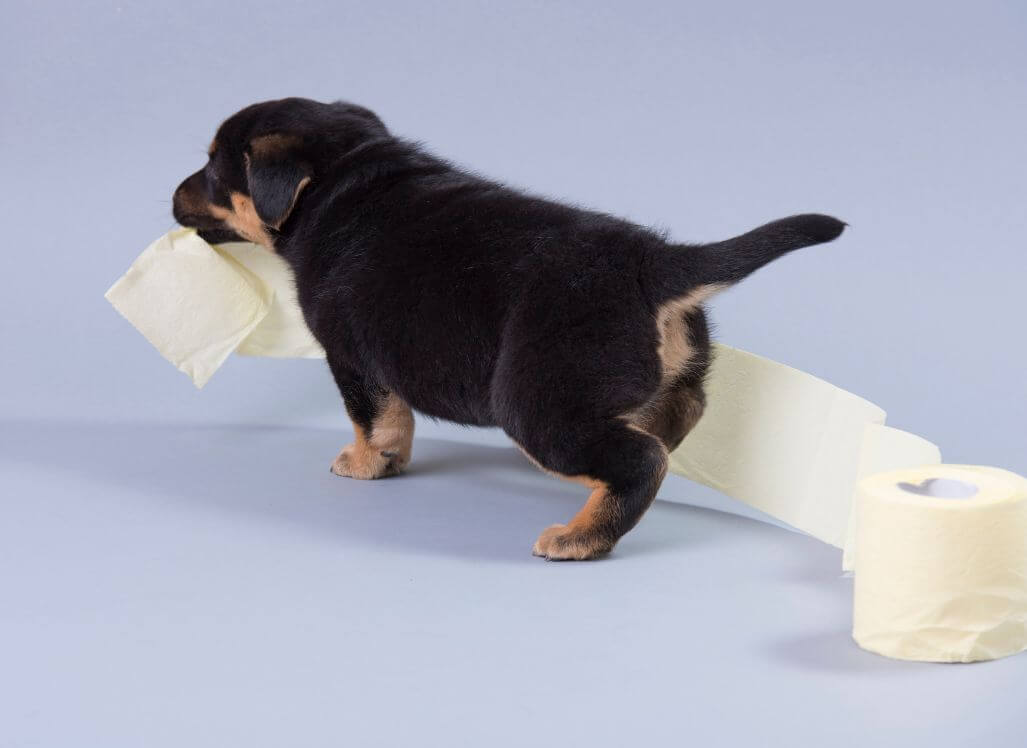
Day 2: Continue with the schedule from day 1
If there are any accidents, clean them up immediately without scolding your puppy. They'll quickly learn that going potty inside is not acceptable behavior.
You can start using the cue word or phrase when you get to the designated spot, to let her know it's time to do her business.
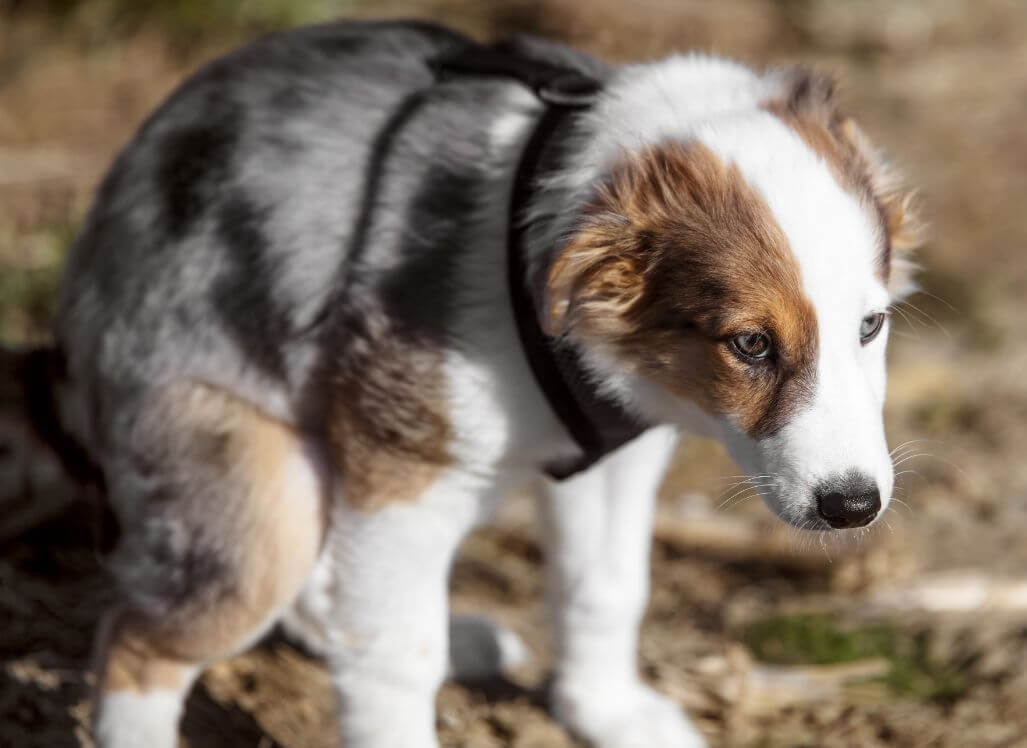
Day 3: Be Consistent
By now, your puppy should be starting to catch on. If there are still accidents, go back to basics and keep them on a leash or in a playpen whenever they're not in their crate. Slowly start giving them more freedom as they continue to display good potty habits.
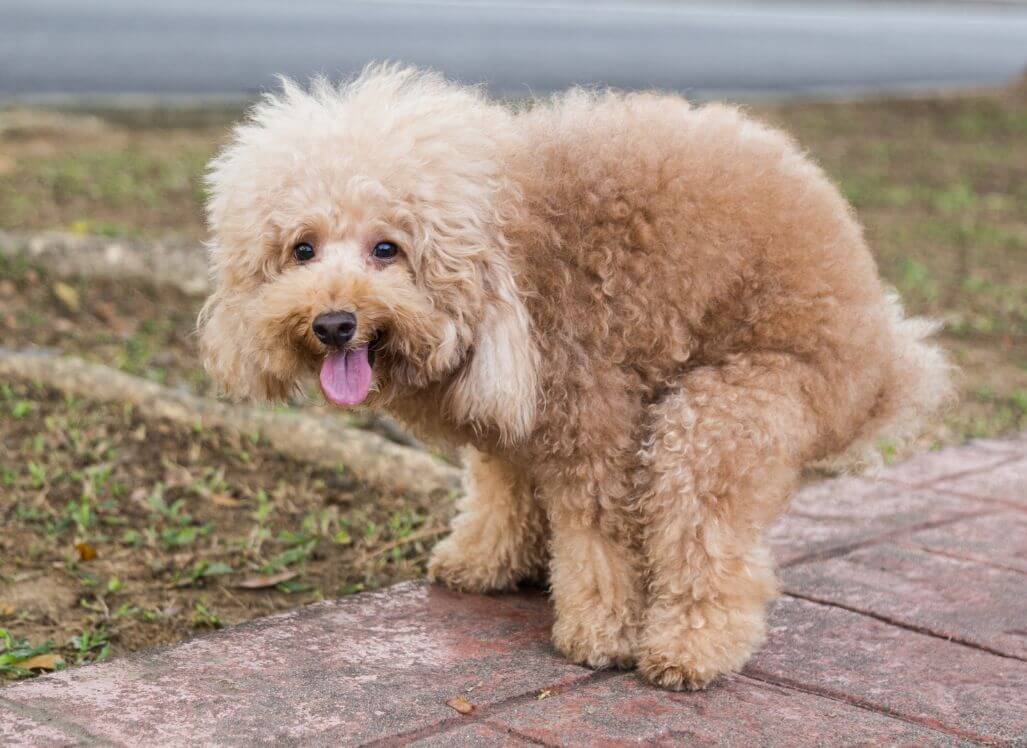
Day 4: Start increasing the time between potty breaks
If there are no accidents, gradually increase the time between breaks by 10-15 minutes each day until you reach 4 hours between breaks (for an adult dog). Potty train
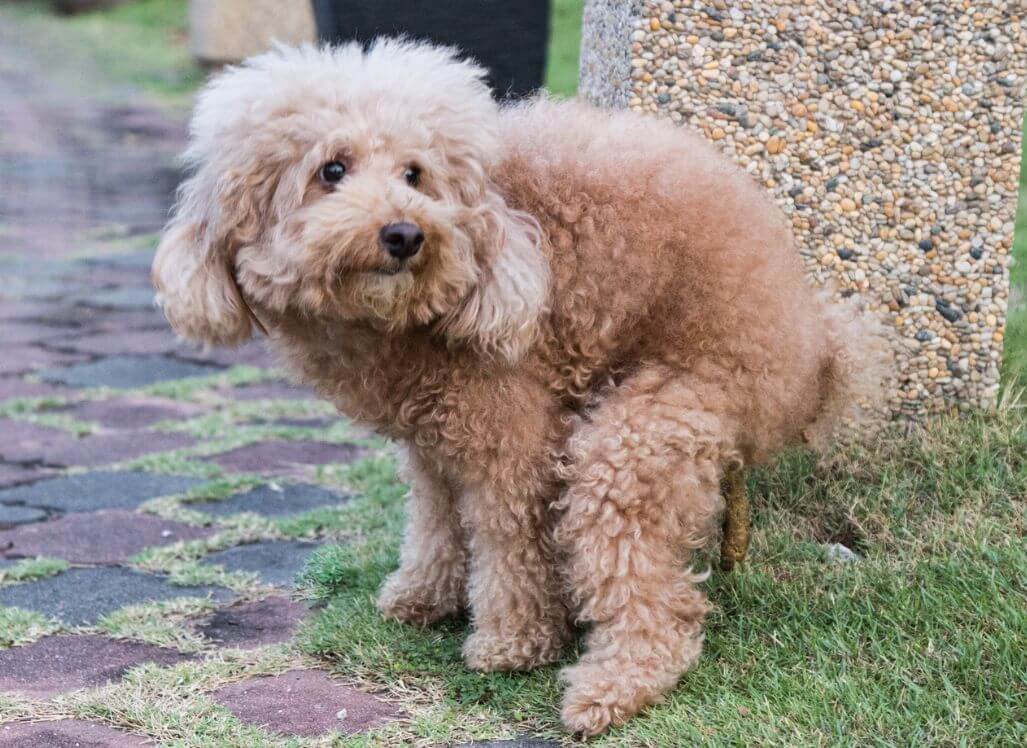
Day 5: Remember it takes time and Patience
Just keep following the routine. Even with a regular schedule and cue words, there will still be accidents from time to time—it's inevitable with puppies.
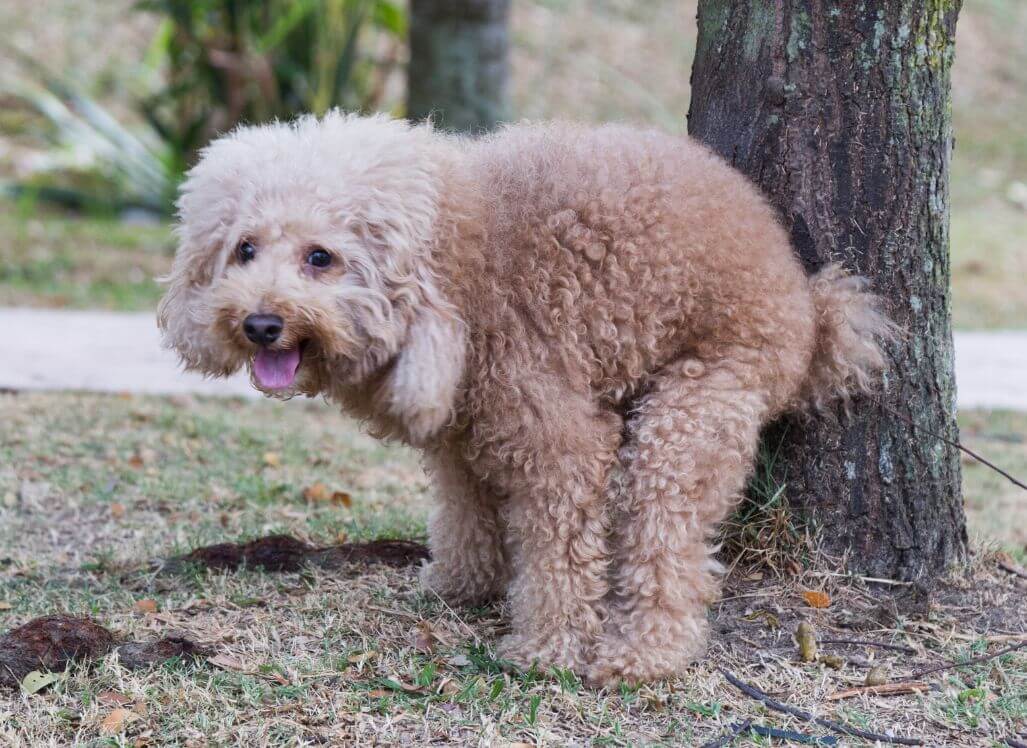
Day 6: Keep encouraging good behaviour
By now, your puppy should have the hang of things! If there are still accidents, go back to shorter intervals between potty breaks until they catch on. Remember to continue praising good behavior so they know they're doing what you want them to do.
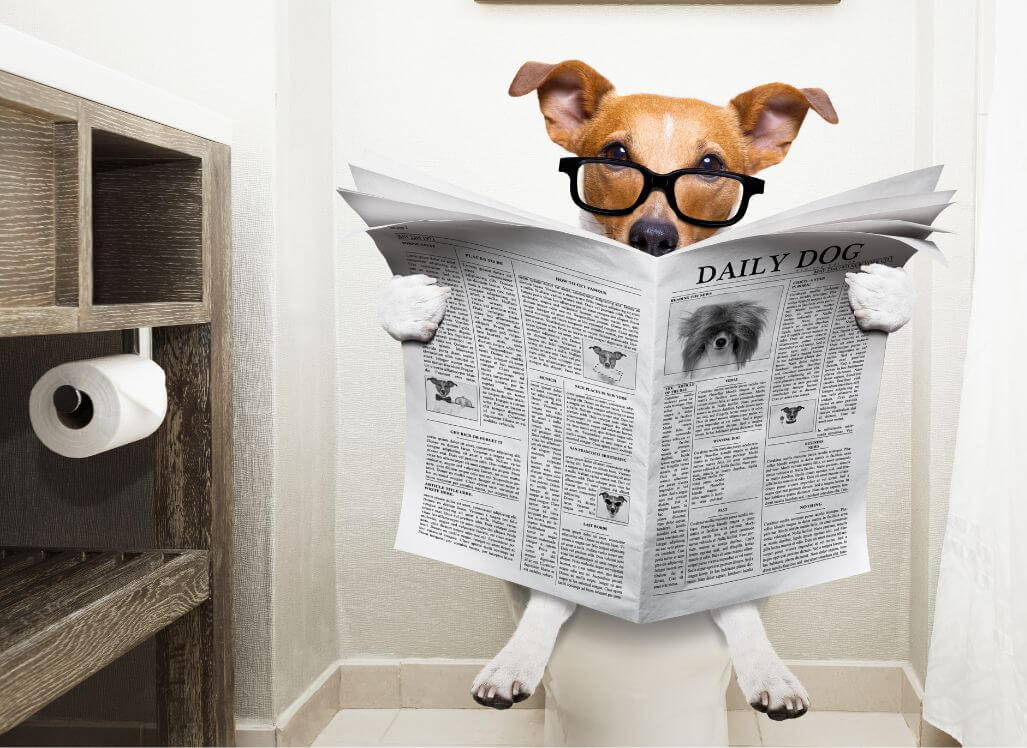
Day 7: Are you there yet?
Congratulations on surviving the first week of potty training! Hopefully, your efforts have paid off and your puppy is fully potty trained.
After all that, if your puppy is taking a long time to get the hang of things, a visit to the vet may be a good idea to check if there is anything medically wrong that’s keeping them from becoming trained.
Conclusion:
Despite your best efforts, there may be setbacks along the way. Don’t worry if it takes longer – and you haven't managed to toilet train a puppy in 7 days - every pup is different, but this routine will establish good habits that will last a lifetime. With some consistent effort on your part, toilet training will become second nature for both you and your pup in no time!
Toilet training goes hand in hand with other forms of house training or crate training. Make sure you read up on how to crate train or house train your pup.









